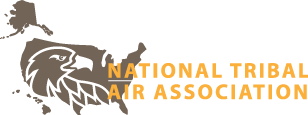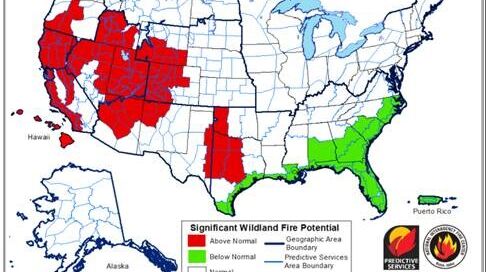PHOTOS FROM THE FIELD: Week of August 31 – September 4, 2020
PHOTOS FROM THE FIELD
National Interagency Coordination Center –
National Significant Wildland Fire Potential Outlook
The National Significant Wildland Fire Potential Outlook provides outlooks for the current month, the month following and a seasonal look at the two months beyond that. The main objective is to improve information available to fire management decision makers. These assessments are designed to inform decision makers for proactive wildland fire management, thus better protecting lives and property, reducing firefighting costs and improving firefighting efficiency. The linked maps represent the cumulative forecasts of the eleven Geographic Area Predictive Services Units and the National Predictive Services Unit. Products are updated on the first of each month. A cursory overview shows that areas with an above normal wildfire potential overlap 169 tribal areas for September 2020.



